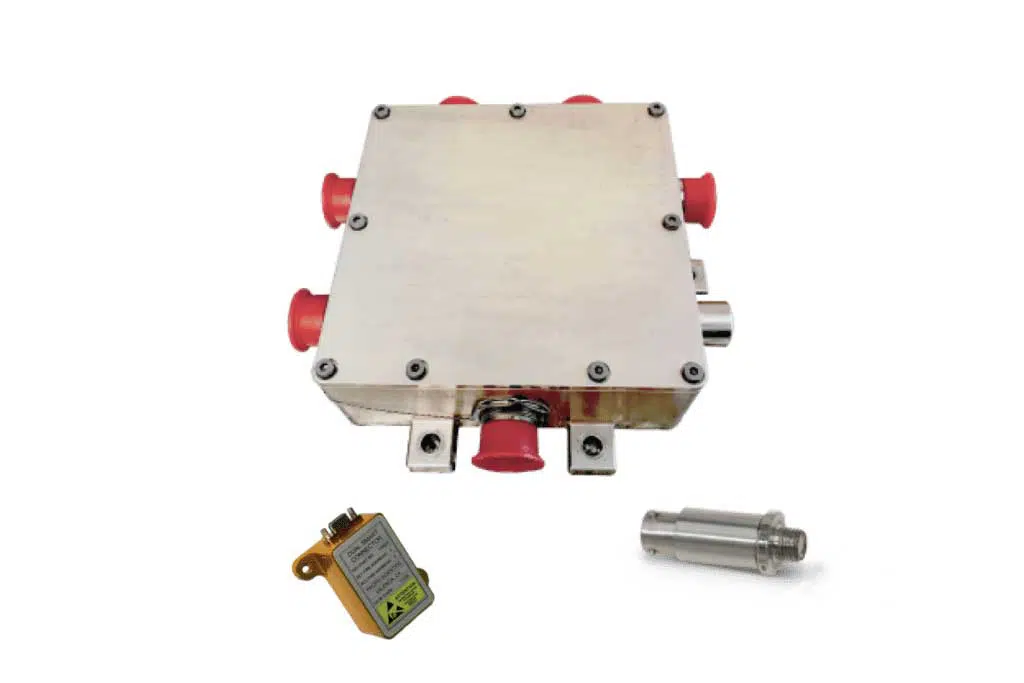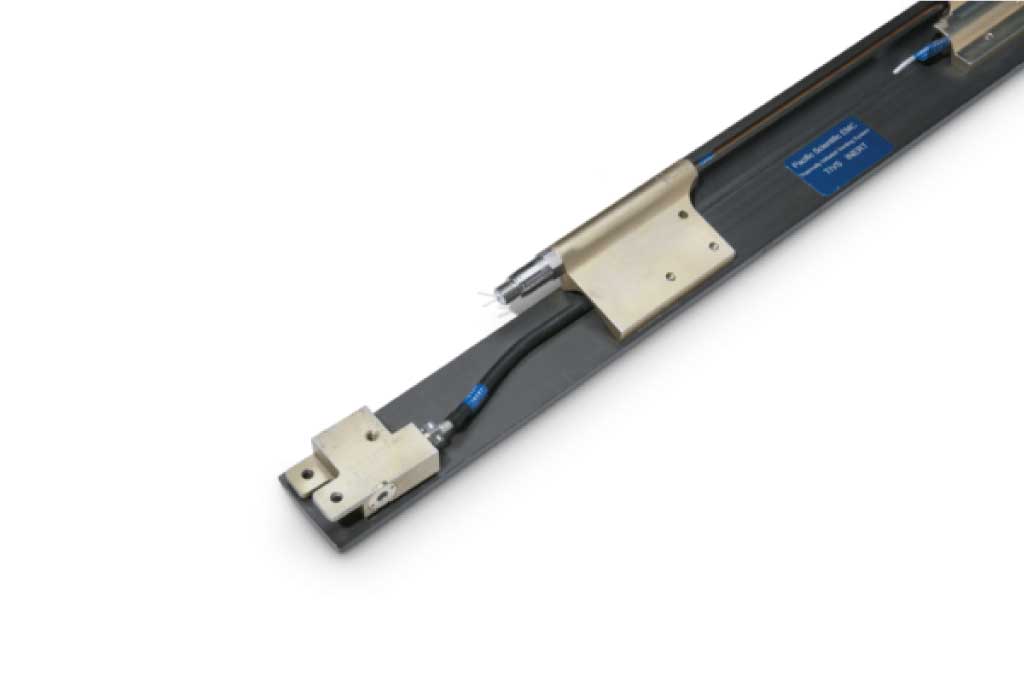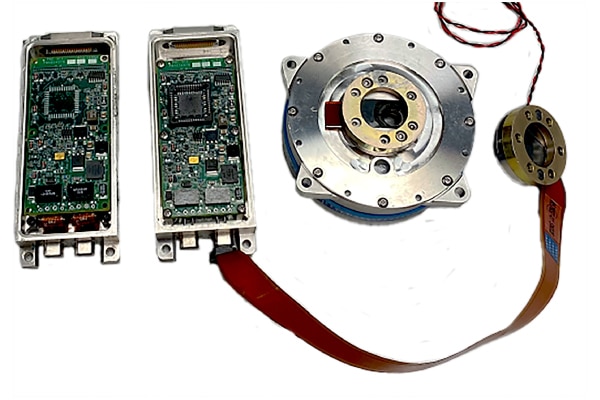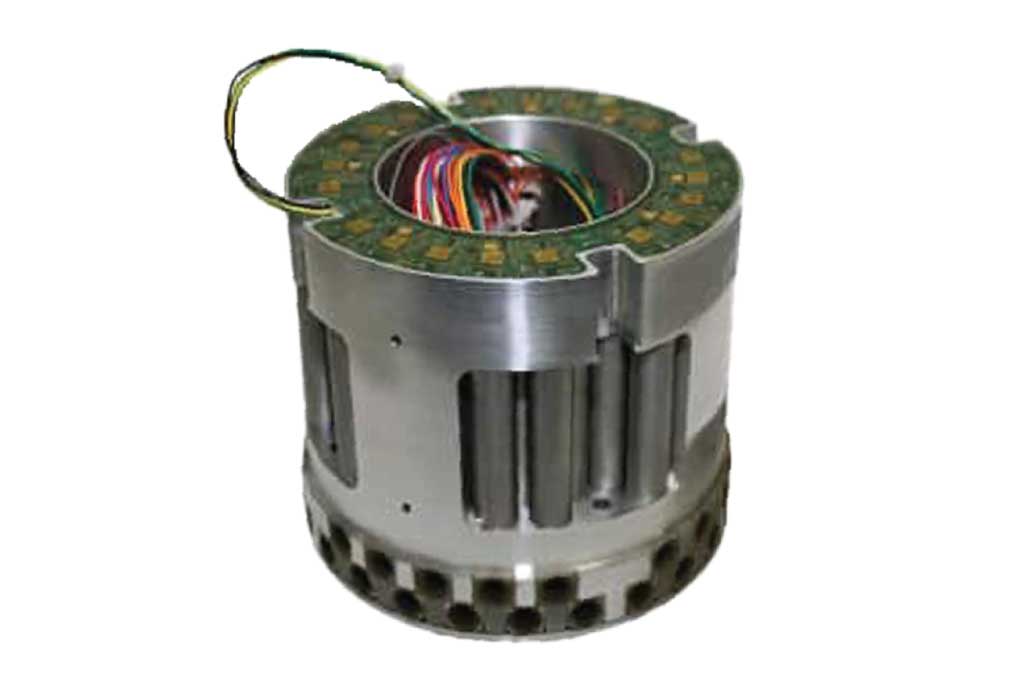Aerospace & Defense Systems
70+ Years of Experience.
As the leading designer and manufacturer of a range of highly effective aerospace & defense security systems used in emergency situations, including space and aircraft crew egress and vehicle apprehension, both military and commercial programs depend upon our reliability.
Reliable. Credible.
Used in the Space Launch Vehicle for Flight Termination Systems (FTS), Solid Rocket Booster (SRB) ignition systems, ignition stage separation and 2nd stage engine ignition
Used in Tactical and Strategic Missile Platforms for FTS
Used by the Department of Homeland Security and local police agencies throughout the country.
Underwater Emergency Egress System
The Underwater Emergency Egress System (UEES) is a severance device to support pilots and crew needing to escape from inside a helicopter underwater.
Thermally Initiated Venting System
Self-detonation of any missile or a solid rocket motor is not only a dangerous occurrence, it is completely unacceptable. If our Thermally Initiated Venting System’s sensor is exposed to a programmed thermal criteria, the system will begin the initiation of an explosive train. The explosive train will detonate a linear shaped charge, which in turn, will cut a vent in the missile, rocket motor or payload and restore the device to a compliant insensitive munitions device.




